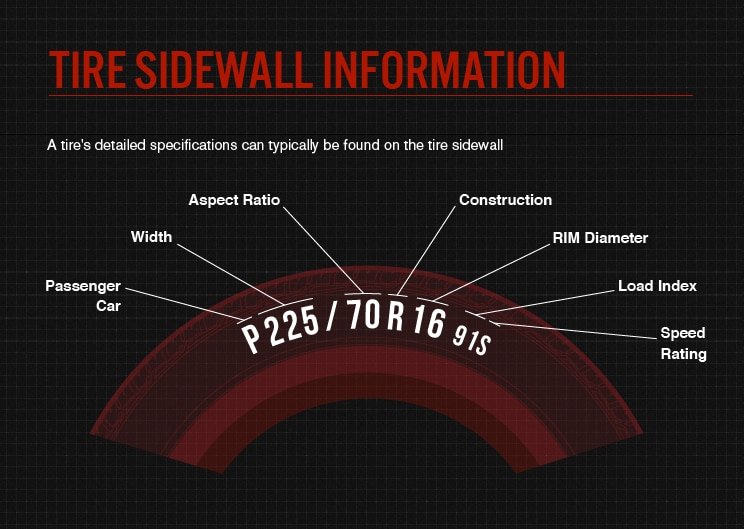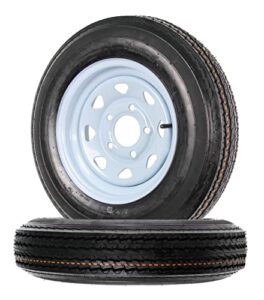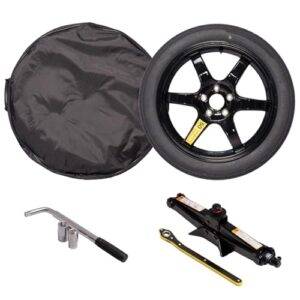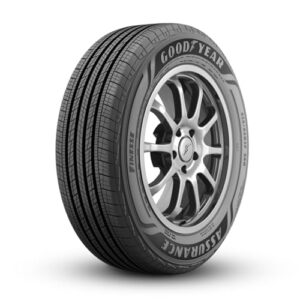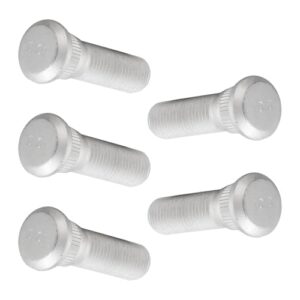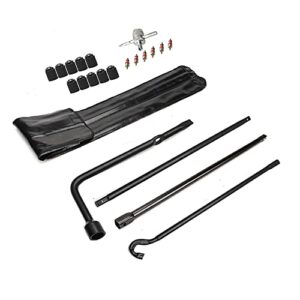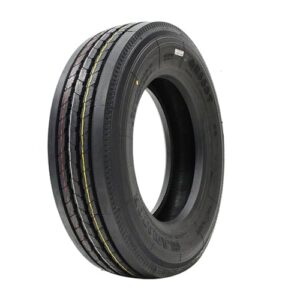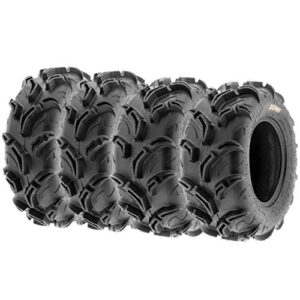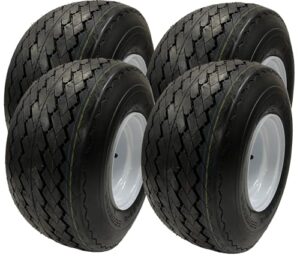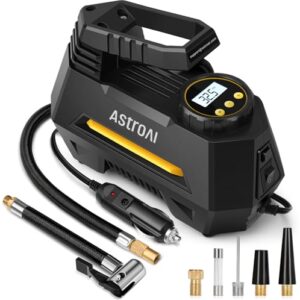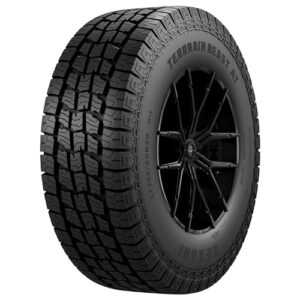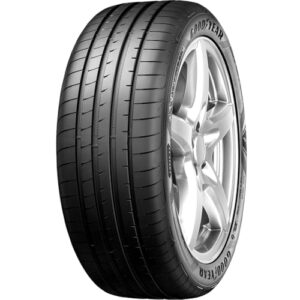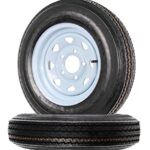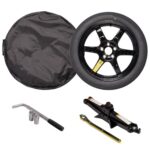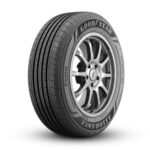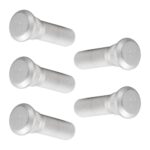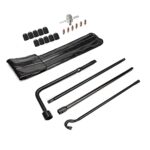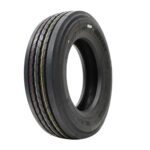To read a tire speed rating, locate the letter on the tire’s sidewall. This letter indicates the maximum safe speed.
Understanding tire speed ratings is crucial for vehicle safety and performance. These ratings, marked by letters, inform drivers about the maximum speed a tire can handle under optimal conditions. Each letter corresponds to a specific speed range, helping you choose the right tire for your driving needs.
For instance, a tire with a “V” rating is safe up to 149 mph, while an “H” rated tire can handle up to 130 mph. Knowing these ratings ensures you select tires that match your vehicle’s capabilities, improving both safety and efficiency. Always consult your vehicle’s manual for manufacturer recommendations.
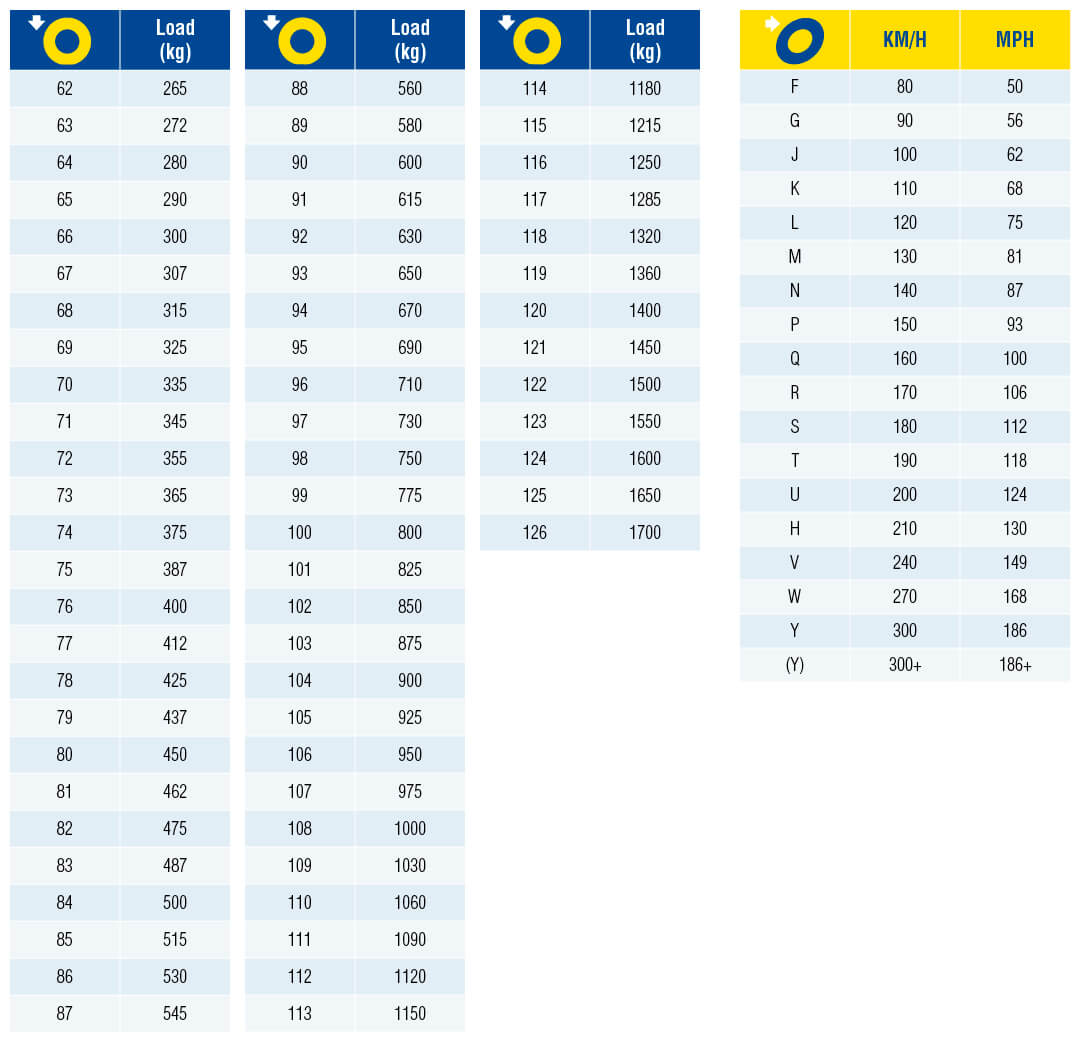
Introduction To Tire Speed Ratings
Understanding tire speed ratings is crucial for safe driving. They indicate the maximum speed a tire can handle. This ensures both your safety and your vehicle’s performance.
Importance Of Tire Speed Ratings
Choosing the correct tire speed rating is vital. A mismatch can affect your car’s handling and safety. Here are a few reasons why:
- Safety: Tires with improper ratings can fail at high speeds.
- Performance: Correct ratings increase your car’s handling.
- Fuel Efficiency: Proper ratings can improve gas mileage.
Basic Understanding
Tire speed ratings are usually found on the tire sidewall. The rating is a letter, from A to Z, indicating the speed limit.
| Rating | Speed (mph) |
|---|---|
| N | 87 |
| Q | 99 |
| R | 106 |
| S | 112 |
| T | 118 |
| H | 130 |
| V | 149 |
| Z | 149+ |
Always check your vehicle’s manual for the recommended tire speed rating. This ensures you choose the right tire for your car.

Locating The Speed Rating
Understanding your tire’s speed rating is crucial for safe driving. Knowing where to find it and what it looks like will help you maintain your vehicle’s performance.
Where To Find It
The speed rating is located on the tire’s sidewall. Look for a combination of letters and numbers.
Typically, you’ll find it after the tire size. For example, in “225/45R17 91V”, the “V” is the speed rating.
What It Looks Like
The speed rating is a letter. It indicates the maximum speed a tire can safely maintain.
Here is a quick guide:
| Speed Rating | Max Speed (mph) |
|---|---|
| N | 87 |
| P | 93 |
| Q | 99 |
| R | 106 |
| S | 112 |
| T | 118 |
| U | 124 |
| H | 130 |
| V | 149 |
| W | 168 |
| Y | 186 |
Remember, always choose a tire that matches your vehicle’s requirements. The speed rating ensures your tires can handle the speeds you drive.
Decoding The Rating
Understanding your tire’s speed rating is crucial for safety. The rating tells you the maximum speed your tire can safely handle. This guide will help you decode these ratings.
Letter Symbols
Tire speed ratings are shown by letter symbols. Each letter stands for a specific speed limit.
| Symbol | Speed (mph) |
|---|---|
| N | 87 |
| P | 93 |
| Q | 99 |
| S | 112 |
| T | 118 |
| U | 124 |
| H | 130 |
| V | 149 |
| W | 168 |
| Y | 186 |
| Z | Over 149 |
Most cars use tires with a rating of S or T. High-performance cars may use V, W, or Y rated tires.
Speed Limits
Speed ratings are important for safety. Driving above the rated speed can damage the tire.
- Check your tire rating before long trips.
- Keep your speed within the tire’s limit.
- Replace tires with the correct rating.
Choose the right tire for your driving needs. Always follow the speed rating to ensure safety.
Different Types Of Ratings
Understanding tire speed ratings is crucial for safe driving. Each rating tells you the top speed a tire can handle. These ratings vary and have specific letters. Knowing these ratings helps you choose the right tire.
Common Ratings
Common tire speed ratings are used for most vehicles. These ratings include:
- S: Up to 112 mph (180 km/h)
- T: Up to 118 mph (190 km/h)
- H: Up to 130 mph (210 km/h)
- V: Up to 149 mph (240 km/h)
These ratings cover everyday driving speeds. They are suitable for most passenger cars and light trucks. Checking these ratings ensures your tire matches your driving needs.
Specialty Ratings
Specialty tire speed ratings are for high-performance and unique vehicles. These ratings include:
| Rating | Top Speed |
|---|---|
| W | Up to 168 mph (270 km/h) |
| Y | Up to 186 mph (300 km/h) |
| Z | Over 186 mph (300 km/h) |
High-performance cars often need these ratings. These tires offer better handling and stability at high speeds. Always check your vehicle’s requirements before choosing a tire.
Impact On Vehicle Performance
Understanding your tire’s speed rating is crucial for your vehicle’s performance. It affects your car’s handling, fuel efficiency, and safety. Different speed ratings offer various performance benefits.
Handling
Tire speed ratings impact handling. Higher ratings mean better grip on the road. This improves your vehicle’s cornering ability. You will also notice more stability at high speeds.
For daily driving, lower speed ratings are often enough. They still provide adequate handling for city and highway driving. Always match your tire speed rating to your driving needs.
Fuel Efficiency
Fuel efficiency is another aspect influenced by tire speed ratings. High-speed-rated tires usually have a softer rubber compound. This increases rolling resistance, which can lower fuel efficiency.
Lower-speed-rated tires often have a harder compound. They reduce rolling resistance, which may improve fuel efficiency. Choosing the right tire speed rating can help you save on fuel costs.
| Speed Rating | Handling | Fuel Efficiency |
|---|---|---|
| H (130 mph) | Good | Moderate |
| V (149 mph) | Better | Low |
| W (168 mph) | Best | Lowest |
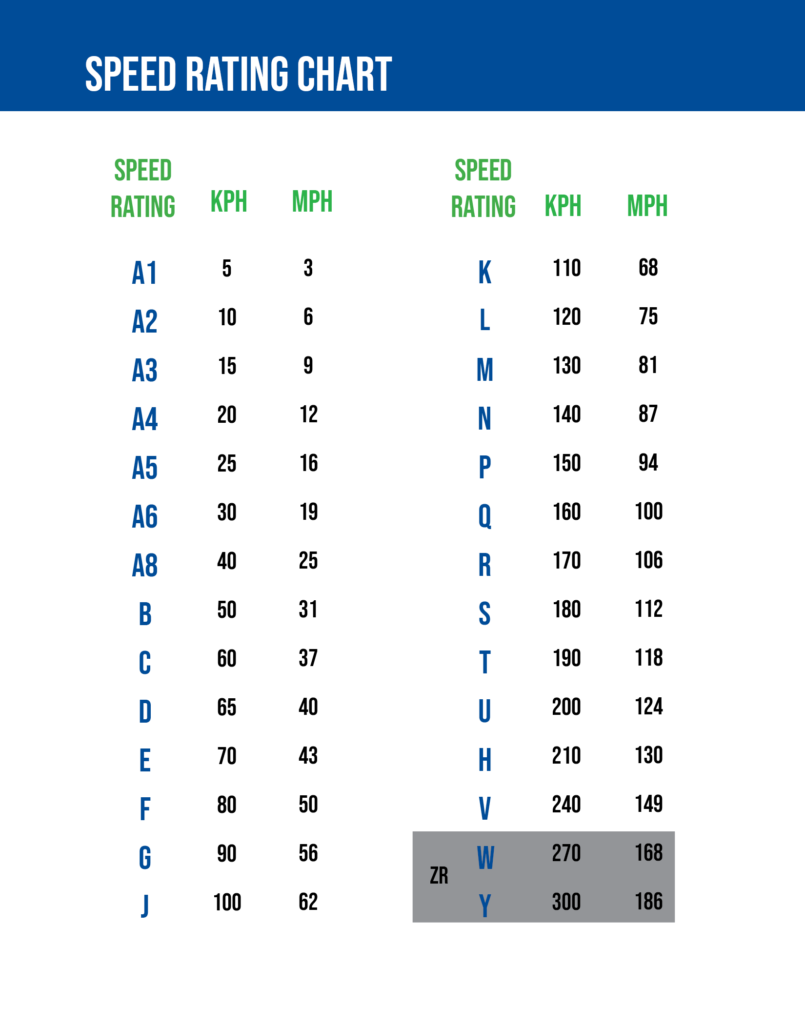
Choosing The Right Speed Rating
Understanding tire speed ratings is crucial for safety and performance. The speed rating indicates the maximum speed a tire can safely maintain. Choosing the right speed rating ensures your vehicle performs well under various conditions. Let’s explore how to pick the correct speed rating for your vehicle and driving needs.
Vehicle Requirements
First, check your vehicle’s manual. It lists the recommended speed rating. Manufacturers design vehicles with specific tires in mind. Using the recommended rating ensures safety and performance.
High-performance cars need higher speed ratings. Standard family vehicles usually need lower ratings. Always match the speed rating to your vehicle’s design.
Driving Conditions
Your driving habits and environment also influence the right speed rating. Consider the types of roads you frequently drive on.
- Highway driving: Higher speed ratings are better.
- City driving: Lower speed ratings may be sufficient.
- Off-road driving: Specialized tires with appropriate ratings are needed.
Weather conditions also play a role. In snowy or rainy climates, tires with good grip and appropriate speed ratings are essential.
| Speed Rating | Max Speed (mph) |
|---|---|
| N | 87 |
| R | 106 |
| S | 112 |
| T | 118 |
| H | 130 |
| V | 149 |
| W | 168 |
| Y | 186 |
Remember, always balance the speed rating with your driving needs and conditions. This ensures safety and optimal performance for your vehicle.
Safety Considerations
Understanding tire speed ratings is crucial for your vehicle’s safety. The tire speed rating indicates the maximum speed a tire can handle safely. Using the correct speed rating ensures optimal performance and safety. Let’s delve into some important safety considerations.
Dangers Of Mismatched Ratings
Mismatched tire speed ratings can pose serious risks. If the speed rating is lower than required, the tire may overheat. Overheating can lead to tire failure. This increases the risk of accidents.
Here’s a table explaining the dangers:
| Speed Rating | Potential Danger |
|---|---|
| Lower than required | Overheating and tire blowout |
| Mixed ratings | Uneven wear and handling issues |
Never mix tires with different speed ratings on the same vehicle. This can cause handling problems and uneven wear.
Regular Checks
Regular checks of your tires ensure they are in good condition. Inspect tire speed ratings during these checks. Ensure all tires have the same rating. This helps maintain balance and safety.
Follow these steps for a thorough check:
- Check tire sidewalls for the speed rating.
- Compare the ratings with your vehicle’s requirements.
- Replace any tire that does not match the required rating.
Here are some benefits of regular tire checks:
- Improved safety
- Better handling
- Longer tire life
Consistency in tire speed ratings ensures your vehicle performs well. It also improves safety on the road.
Maximizing Your Car’s Potential
Understanding your car’s tire speed rating is crucial. It helps you maximize your car’s potential. This rating tells you the top speed your tires can safely handle. Knowing this can improve your vehicle’s performance and safety.
Improved Performance
Choosing the right tire speed rating boosts your car’s performance. High-performance tires offer better grip and handling. They allow you to drive confidently at higher speeds. This is especially important for sports cars and high-speed driving.
- Better Traction: High-speed rated tires provide superior traction.
- Improved Handling: These tires increase your car’s maneuverability.
- Increased Stability: High-speed tires ensure stability at high speeds.
Long-term Benefits
High-speed rated tires are built to last. They are made from durable materials. This ensures they withstand the stress of high-speed driving. Investing in these tires can save you money in the long run.
- Durability: High-speed tires resist wear and tear better.
- Safety: They reduce the risk of blowouts at high speeds.
- Cost-Effective: Long-lasting tires mean fewer replacements.
Understanding tire speed ratings is essential. It helps in choosing the right tires for your car. This leads to improved performance and long-term benefits. Always check your tire speed rating to ensure safety and performance.
Frequently Asked Questions
What Is Tire Speed Rating V Or H?
Tire speed ratings indicate the maximum speed a tire can handle. Rating “V” supports up to 149 mph. Rating “H” supports up to 130 mph. Always check your vehicle’s specifications.
How To Tell The Speed Rating Of A Tire?
Check the sidewall of the tire. The speed rating is a letter, following the load index number.
What Is The Difference Between 84t And 84h?
The difference between 84t and 84h is in their contexts. 84t often refers to torque, while 84h refers to hours.
What Is The Difference Between Y And W Speed Rating?
Y speed rating indicates a maximum speed of 186 mph, while W speed rating indicates a maximum speed of 168 mph.
Conclusion
Understanding tire speed ratings is crucial for your vehicle’s performance and safety. By knowing these ratings, you ensure optimal tire selection. Always check your vehicle’s manual and consult a professional if unsure. Properly rated tires increase driving experience and longevity.
Stay informed, drive safely, and enjoy the road with confidence.


